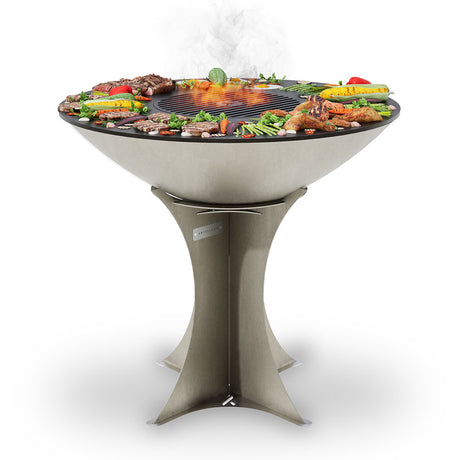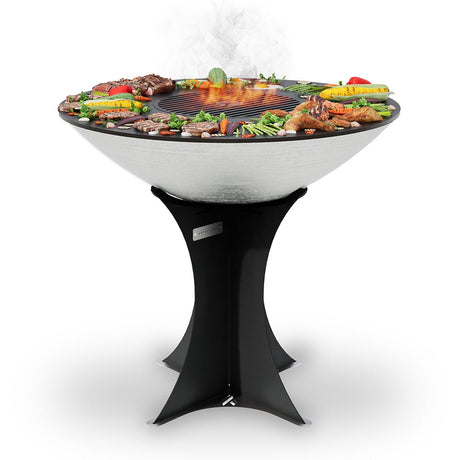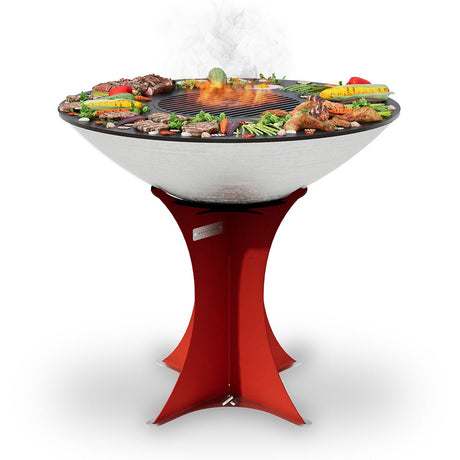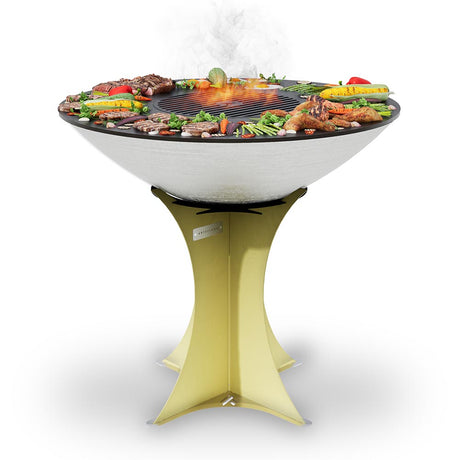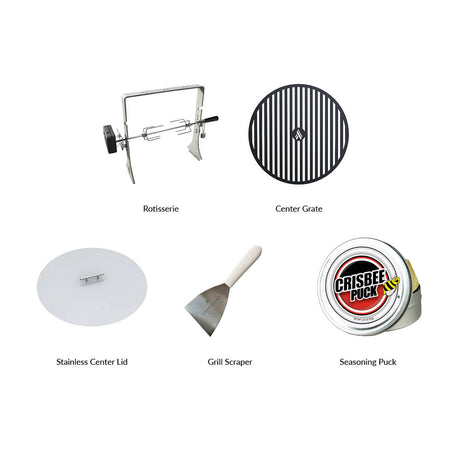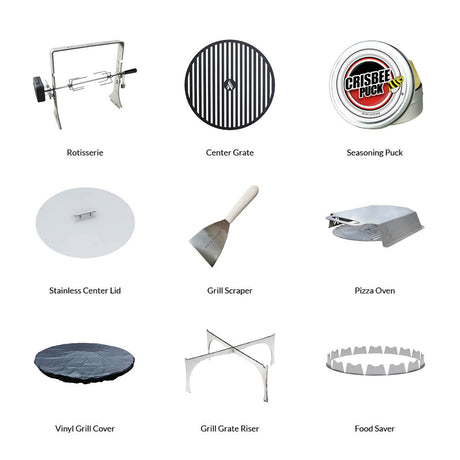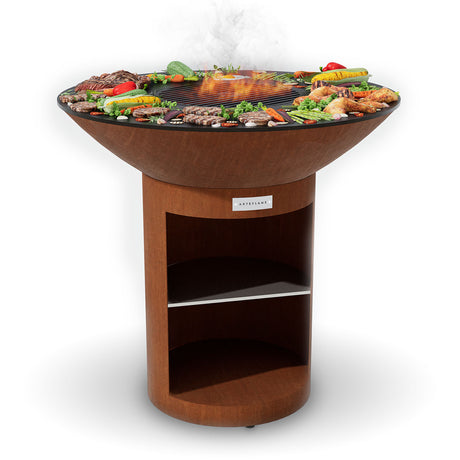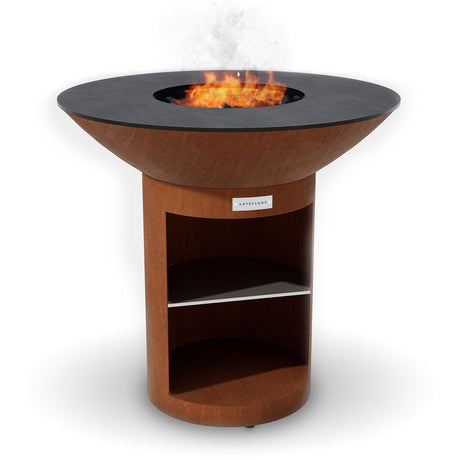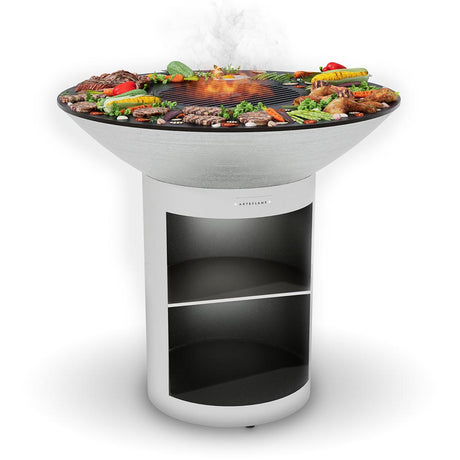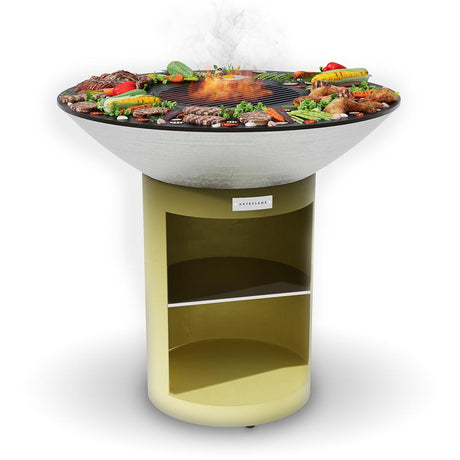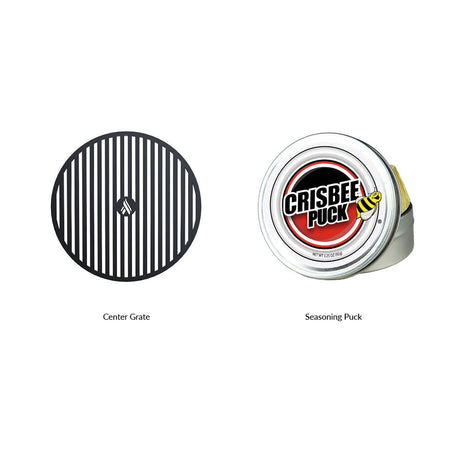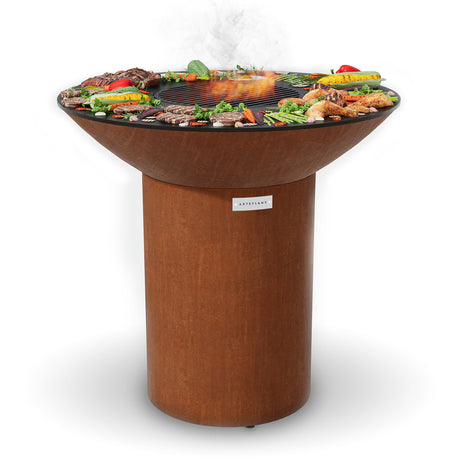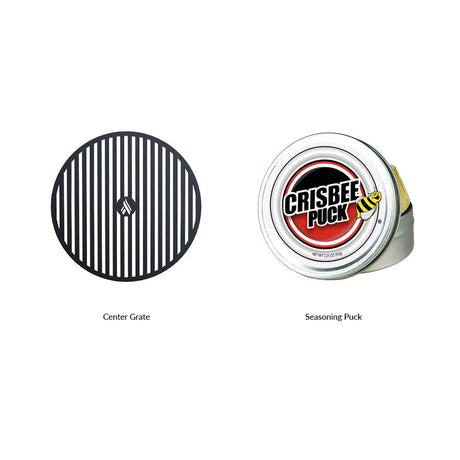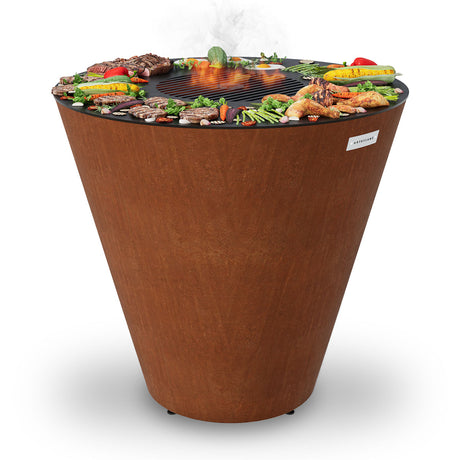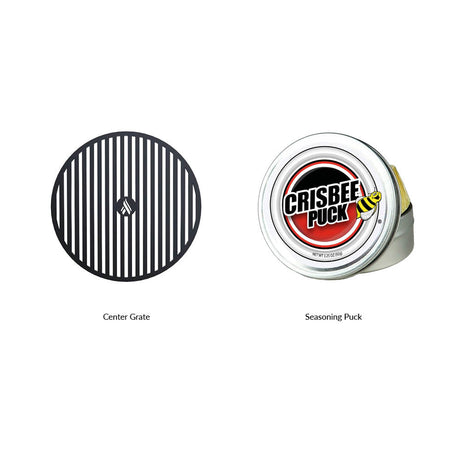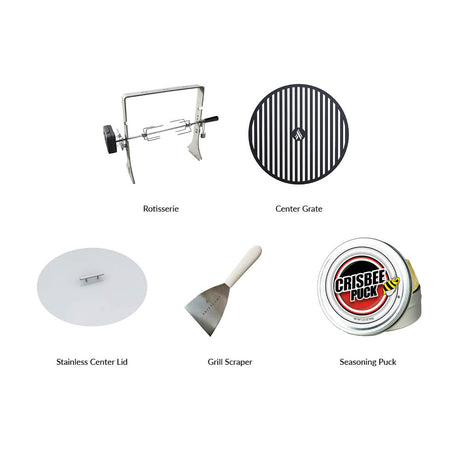When it comes to lobster, enthusiasts often debate whether male or female lobsters are better. While both offer delicious, tender meat and a luxurious dining experience, subtle differences in taste, texture, and anatomy make each unique. Understanding the characteristics of male and female lobsters can help you choose the best option for your next seafood feast.
1. How to Identify Male and Female Lobsters
The first step in deciding which lobster is best is knowing how to tell the difference between males and females.
Male Lobsters:
- Claws: Males tend to have larger claws relative to their body size.
- Tail Shape: The tail is narrower and more angular.
- Swimmerets: The first pair of swimmerets (small appendages under the tail) are hard and bony.
Female Lobsters:
- Claws: Slightly smaller claws compared to males of the same size.
- Tail Shape: The tail is broader and more rounded, designed to carry eggs.
- Swimmerets: The first pair of swimmerets are soft and feathery.
Pro Tip: Fishermen often keep female lobsters with eggs (called “berried lobsters”) in the water to preserve future lobster populations.







